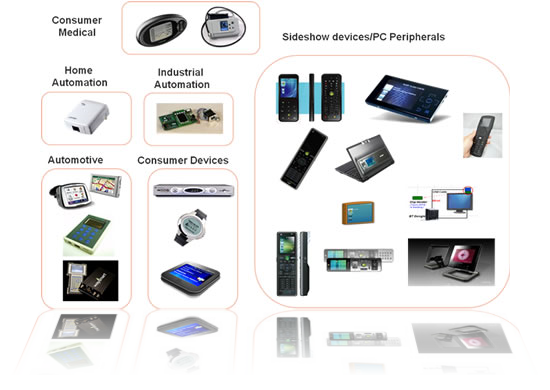Microsoft Commerce Server Code Name “Mojave” November 2008 CTP
November 24, 2008 | No comments
Microsoft released the second public Community Technology Preview of the upcoming Commerce Server version today.
Microsoft Commerce Server code name “Mojave” delivers the ability to increase your business reach by selling through multiple channels through a new default out-of-the-box shopping site based on ASP.NET 2.0 Web Parts deployed in SharePoint and other SharePoint commerce services, and a compelling new multi-channel commerce foundation, with a new unified run-time calling model, new extensibility points, and new built-in features.
Specifically Commerce Server code name “Mojave” adds:
- New multi-channel commerce foundation, superseding the existing Commerce Server programming model, to rapidly build extensible e-commerce applications for the Web and beyond by using Microsoft .NET Framework 3.5 SP1+.
- SharePoint commerce services, including 29 out-of-the-box e-commerce Web parts plus integration between Commerce Server code name “Mojave” and SharePoint offering a new Default out-of-the-box site with new search functionality, new shopping features, and what-you-see-is-what-you-get (WYSIWYG) content management and design experiences to facilitate rapid assembly and maintenance of e-commerce Web sites by business users and creative professionals.
The following lists what’s new for this CTP release:
- Renamed classes in contracts and message builders. Most core classes in Commerce Server 2007 code name “Mojave” have been prefixed with the term Commerce (for example, Query becomes CommerceQuery, Relationship becomes CommerceRelationship, and so on). This also affects message handlers in the ChannelConfiguration.config file (for example, QueryOperation_Category becomes CommerceQueryOperation_Category).
- Renamed Commerce Server 2007 code name “Mojave” pipeline components. The term “pipeline” has been replaced with “operation sequence”. This affects the naming of several components within the provider assembly (for example, PipelineComponent becomes OperationSequenceComponent).
- Method for returning object created/updated in an operation has changed. Related create and update operations no longer contain an Options member. This has been replaced with CommerceCreate.Options.ReturnModelQueries and CommerceUpdate.Options.ReturnModelQueries. This lets you populate the relationships of the item returned by a create or update operation in the same way you would by executing a query operation. The CommerceQueryRelatedItem operations are added to ReturnModelQueries, and then processed as if a query were being executed when building the response for a create or update operation.
- A new option was added to the Basket query operation to allow skipping execution of the Commerce Server 2007 basket pipelines.
- Commerce Server 2007 code name “Mojave” multi-channel commerce foundation has been updated with removal of type.
- Inclusion of the core elements of the Default site.
- Compiled Commerce Server 2007 code name “Mojave” Help File (CHM) Documentation has been updated.
To install this CTP, you need to have Microsoft Commerce Server 2007 with Service Pack 2 installed. Detailed setup instructions can be found in the ReadMe file. You must UNINSTALL all previous Commerce Server CTP versions before you install this November 2008 CTP. Leveraging a clean system that has never had a previous version of Commerce Server CTP installed upon it is strongly recommended.
Microsoft Commerce Server “Mojave” on Connect
A newer version of the Commerce Server 2009 has been released. Read this post for more information and download links.

